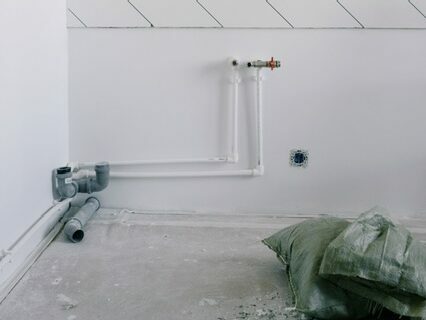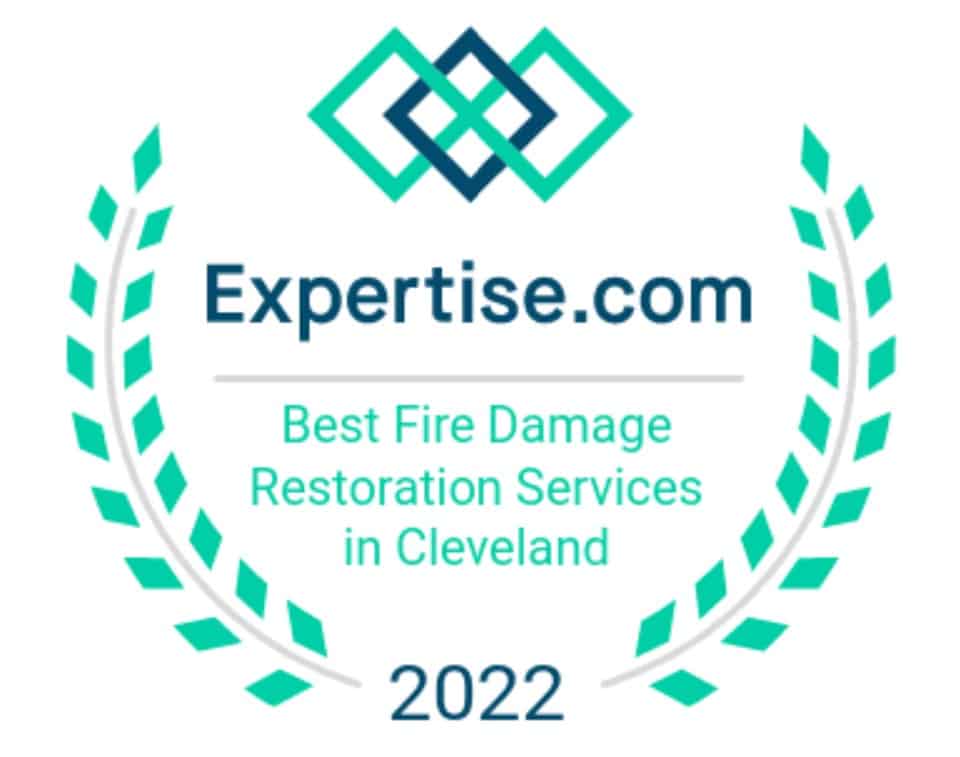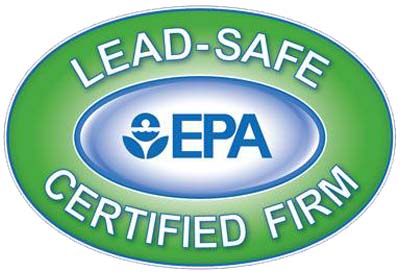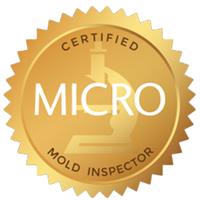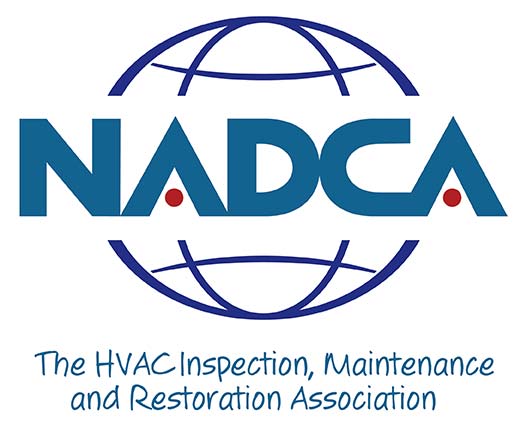Welcome to a practical guide tailored for Cleveland homeowners, where we tackle the nitty-gritty of sewage issues that impact homes, both old and new. Whether you’re navigating the historic charm of older residences or enjoying the modern comforts of newly-built homes, dealing with sewage problems is a shared challenge. In this guide, we’ll break it down and give you some insights into strategies that work for Cleveland’s diverse homes.
As we dive in, we’ll look at the unique needs of older and newer homes. We’ll also shed light on the signs that something might be wrong and why catching these issues early is crucial. Whether your home has stories to tell of Cleveland’s history or is a fresh addition to its neighborhoods, we’ve got practical tips to help you avoid sewage problems. Let’s get into the specifics and make sure your home stays protected.
Table of Contents
Sewage Issues in Older Homes
Common Challenges in Older Homes
Older Cleveland homes, with all their character, can come with plumbing challenges. Over the years, older homes may have undergone various renovations, resulting in a mix of different pipe materials. These can include galvanized steel, copper, or even lead pipes. The combination of these materials can lead to a plumbing system that is more prone to corrosion and leaks.
As trees mature around older homes, their roots can extend towards moisture sources, including sewer lines. This can result in root intrusion, where tree roots penetrate and obstruct sewer pipes, causing blockages and potential damage.
Many older homes have outdated plumbing systems that may not meet the demands of modern water usage. Insufficient water pressure, slow drainage, and an increased risk of clogs are common challenges associated with aging plumbing infrastructure.
The construction of older homes may make it challenging to access and repair plumbing components. This limited access can come from tight spaces, concealed pipes within walls, and limited access points can complicate maintenance and repairs.
Risks Associated with Aging Plumbing Systems
As homes get older, so do their plumbing systems. This aging process brings risks that can lead to sewage problems. Some of these include:
- Increased Leak Potential: Aging pipes, especially those made of materials like galvanized steel or copper, are prone to corrosion. This corrosion can create weak points in the pipes, increasing the likelihood of leaks. These leaks can happen both within walls, leading to hidden damage, and in visible areas, causing water damage to floors and ceilings.
- Reduced Water Pressure: Over time, pipes can accumulate mineral deposits, causing a narrowing of the pipe’s interior. This can result in reduced water pressure throughout the home. Low water pressure not only affects the comfort of daily activities but also indicates potential issues within the plumbing system.
- Inefficient Water Flow: Narrowing pipes not only diminish water pressure but also contribute to inefficient water flow. Slow drainage in sinks, tubs, and showers can be indicative of aging pipes that are struggling to deal with the flow of water. This inefficiency can lead to inconvenience and, if left unaddressed, may result in more severe plumbing problems.
- Elevated Risk of Sewage Backups: Older sewer lines may struggle to handle the volume and speed of modern water usage. This inefficiency can lead to sewage backups, especially during periods of heavy water flow, such as storms. Sewage backups pose health hazards and can result in significant damage to the home and its surroundings.
- Limited Adaptability: Aging plumbing systems may lack the adaptability needed to integrate modern fixtures and appliances. Upgrading to more water-efficient appliances or adding new fixtures may strain the capabilities of older systems, leading to performance issues.
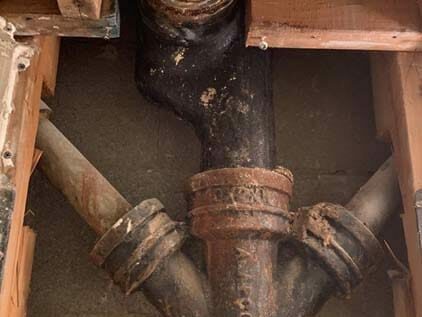
Sewage Issues in Newer Homes
While newer homes offer modern conveniences and typically have fewer sewage challenges, they do still happen. Several factors contribute to potential issues in these homes.
One common concern is the use of newer materials and construction methods that may prioritize cost and speed over long-term durability. In some cases, the reliance on plastic pipes, for example, can introduce susceptibility to wear, leaks, and early failure. Prefabricated and mass produced plumbing parts can also pose a problem. They offer efficiency, but quality needs to be carefully controlled.
The recent focus on efficiency and sustainability in construction is a great thing. But finding a balance between efficiency and durability is important. If the balance tips too far towards efficiency, durability may be ignored. This could lead to choosing appliances that save money and energy in the short term, but don’t work well with your existing sewage infrastructure. Or using recycled or locally sourced materials in your plumbing that may not be completely trustworthy.

Common Signs of Sewage Problems
Indications in Both Old and New Homes
Sewage problems can happen in any home, whether it’s an older house or a brand-new one. The key is to keep an eye out for signs that something might be off with your sewage system. Older homes might show issues like clogs, strange smells, or slow drains. In newer homes, problems could stem from poor installation, material flaws, or not enough capacity. Listen for unusual sounds from your drains, watch out for sewage backups, and pay attention to damp spots in your yard.
Detecting Early Warning Signs
Catching sewage problems early is key. In older homes, be on the lookout for things like stubborn blockages or weird smells. Newer homes might give you hints like strange noises from your drains or sewage backups. When you spot these signs, don’t wait. Jump into action to fix things before they get worse.
Importance of Prompt Identification
Acting fast when you notice sewage trouble is a smart move. Early detection means you can deal with issues before they turn into big headaches, saving you from expensive repairs. Regular checks and knowing the signs give you the power to take action and keep your home’s sewage system in top shape. It’s all about staying proactive to protect your home, no matter how old or new it is!
Preventative Measures
Taking care of your home’s sewage system is essential, regardless of its age. Whether you’re in an older home or a brand-new build, here are some simple steps to keep things running smoothly.
- Regular Inspections: Regular inspections are like a health checkup for your home. Keep an eye on aging pipes, look for signs of wear and tear, and ensure everything is in working order. Catching potential problems early can save you headaches down the road.
- Mindful Usage: Be mindful of what goes down the drains. Avoid flushing things that could clog pipes and cause issues. Establish good habits for everyone in the house to prevent future problems.
- Regular Maintenance: Regular maintenance, like cleaning drains and checking for leaks, is crucial for both older and newer homes. Think of it as giving your home a spa day – a little pampering to keep everything running smoothly.
- Professional Help: Consider getting a plumber to assess the system’s condition and make any necessary repairs. Professional help can be invaluable to ensure everything is functioning as it should.
Remember, a little care goes a long way. By staying proactive and taking these preventative measures, you’re not just maintaining your home – you’re ensuring its sewage system stays trouble-free for years to come.
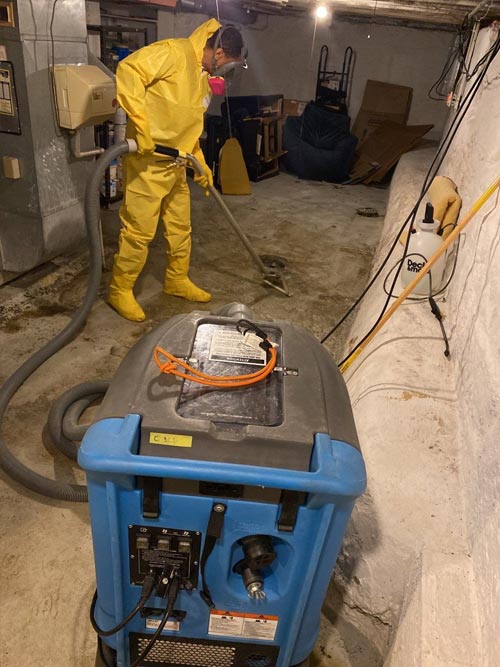
Emergency Response and Damage Control
Despite how prepared you are, sometimes sewage problems happen. Here’s how to deal with them when they do:
- Locate and Shut Off the Main Valve: Find the main shut-off valve and turn it off to stop the sewage flow. This crucial step prevents further damage to your home.
- Ensure Safety First: Prioritize safety during cleanup. Consider wearing protective gear, especially if dealing with raw sewage, to minimize health risks.
- Call Professionals: Engage professional help for cleanup. Certified experts have the experience and equipment to handle sewage-related issues safely and effectively.
- Document the Damage: Take photos and notes to document the extent of the damage. This documentation is valuable for insurance claims and professional assessments.
Remember, when faced with a sewage emergency, quick decisions and professional assistance can make a very real difference in keeping your home safe and ensuring a thorough cleanup.
Wrapping Up
Protecting your Cleveland home from sewage issues requires a proactive approach. Whether you live in an older or newer house, regular check-ups and preventive steps can significantly reduce the chances of sewage-related problems.
Focus on Prevention:
Regularly check and maintain your plumbing, especially if you have an older home. Consider modern solutions to reinforce your sewage system and prevent issues before they arise.
Remediation when Needed:
In case of a sewage problem, quick action is crucial. Professional cleanup services not only restore your home but also implement measures to reduce the risk of future problems.
Your Role Matters:
As a homeowner, taking preventive steps and addressing issues promptly can protect your home. Act now to prevent and, if needed, remediate sewage problems effectively. If you need help with sewage cleanup, call Cleveland Water and Fire Restoration today, and we’ll get your life and home back to normal.
Secure your home by being proactive today. Work with professionals, act quickly, and embrace preventive measures to strengthen your Cleveland home against sewage challenges.


